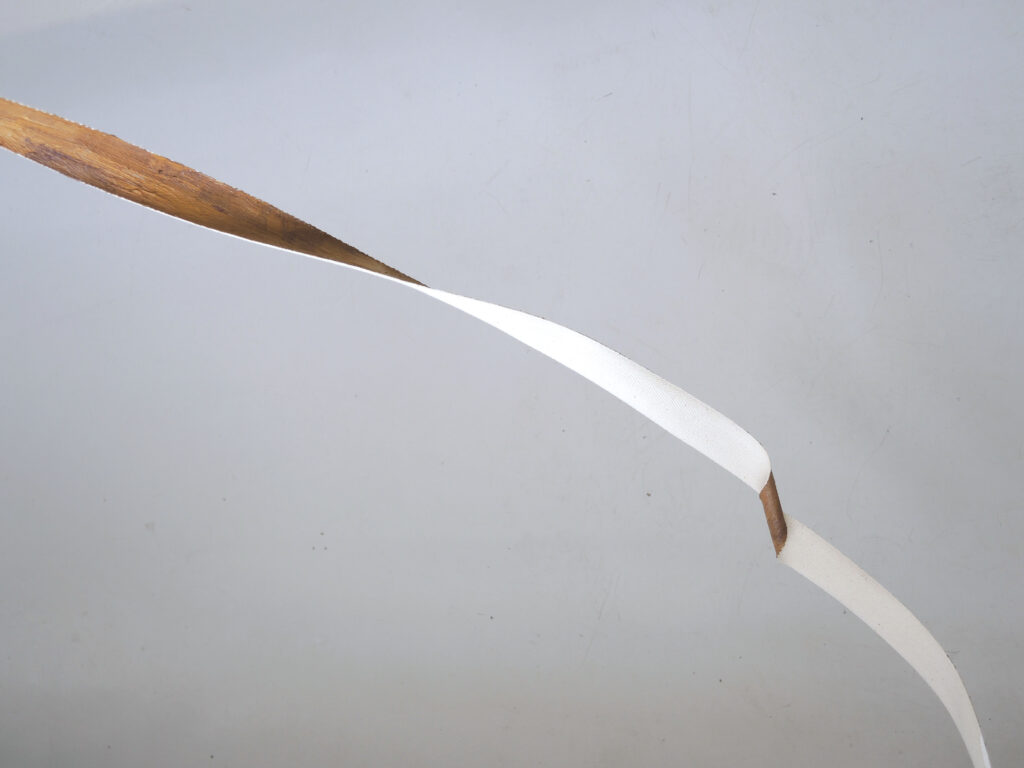Elīna Vītola
The Line
2024

For some time already, Elīna Vītola has been trying to find traces of her great-uncle, a painter who disappeared in the Second World War. Little by little, Elīna gathers pieces of information about her relative by rummaging through archives and internet communities and contacting hitherto unknown relatives, hoping to find some of his paintings along the way too. She’s heard, but doesn’t know for sure, that her great-uncle lost an arm and a leg in battle and eventually made it to England via infiltration camps in Germany and Belgium, where he spent at least some time in a care home. Much remains unknown, such as whether or not he continued to paint after the war.
In society, we often entrust care work to institutions and larger collectives. Such institutions could be seen in the state itself, nursing homes, but also exhibition houses, which are expected to carefully host the artists participating in their programme. During my work as a curator at Tallinn Art Hall, I have felt how difficult it can be to find a balance between the wishes and expectations of guest artists, the facilities of the institution and my own personal well-being.
Elīna Vītola, who studied painting, is also interested in artistic traditions, the functioning of the art world and the well-being of artists. Inspired by her great-uncle’s profession, she exhibits a new work from the cycle, oil paintings on long strips of canvas. Referring to the most basic decorative painting element, these lines could be for bonding or strapping, for marking or measuring territory, but at Meduza gallery, they also delicately weave together the various parts of the exhibition.